Industrial storage tanks come in various types, each designed for specific purposes based on the nature of the substance stored, operational requirements, safety considerations, and economic factors. Among the most common types are spherical tanks, floating-roof tanks, fixed-roof (domed-roof) tanks, and horizontal tanks. Below is a detailed overview of their differences and selection guidelines.
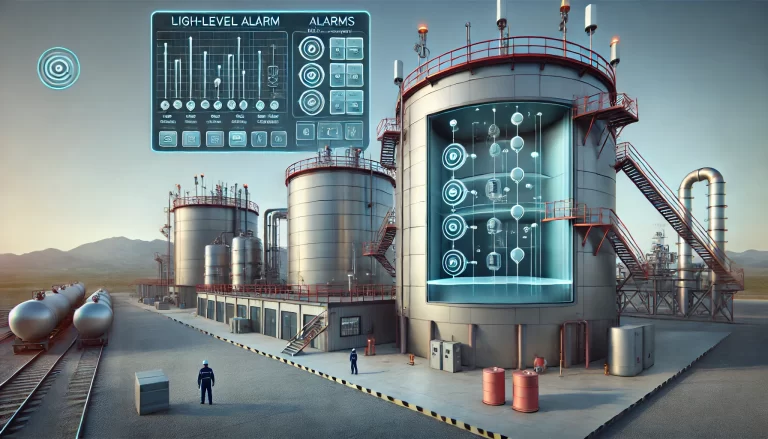
1. Spherical Tanks
Structure and Features:
Spherical tanks have a spherical shape, which provides uniform stress distribution.
They have the smallest surface area-to-volume ratio, ideal for high-pressure storage.
Typical Applications:
Ideal for storing liquefied petroleum gas (LPG), ammonia, chlorine, and other pressurized gases or liquids.
Commonly used in petrochemical industries, refineries, natural gas processing facilities.
Advantages:
Superior structural integrity and uniform stress distribution.
High safety standards, excellent earthquake resistance.
Space-efficient footprint.
Disadvantages:
Higher initial construction cost.
Limited maximum volume due to manufacturing complexity.
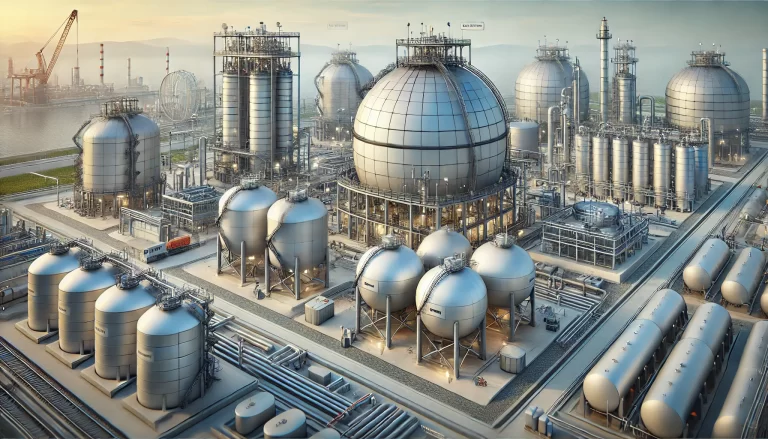
2. Floating-Roof Tanks
Structure and Features:
Tanks with a roof that floats directly on the liquid surface.
Can be external floating-roof tanks or internal floating-roof tanks.
Typical Applications:
Suitable for volatile and flammable liquids such as crude oil, gasoline, benzene, and other petroleum products.
Common in oil storage facilities, refineries, and petroleum terminals.
Advantages:
Significantly reduces vapor loss and environmental pollution.
Enhanced safety by minimizing explosive vapor space.
Disadvantages:
More complex construction and higher maintenance costs.
Not suitable for high-pressure storage.
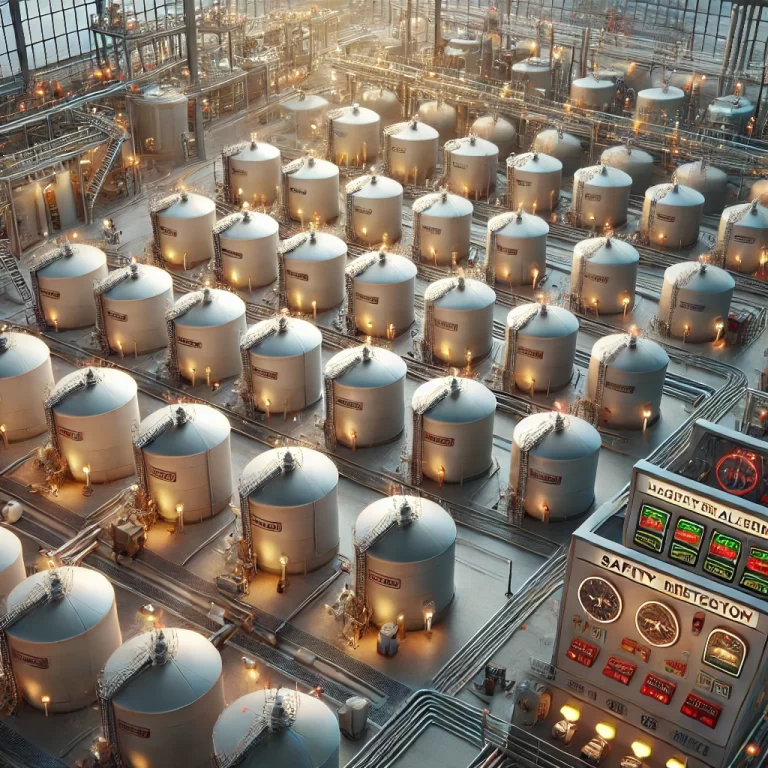
3. Fixed-Roof (Domed-Roof) Tanks
Structure and Features:
Tanks with a permanently attached domed or conical roof.
Simple and economical design.
Typical Applications:
Best for storing liquids with low volatility such as diesel fuel, heavy oils, lubricants, and water.
Common in fuel depots, water storage facilities, and chemical storage.
Advantages:
Lower construction cost.
Easier maintenance and simpler operations.
Disadvantages:
Higher vapor loss, making them unsuitable for highly volatile substances.
Less safe for flammable or hazardous substances due to vapor accumulation.
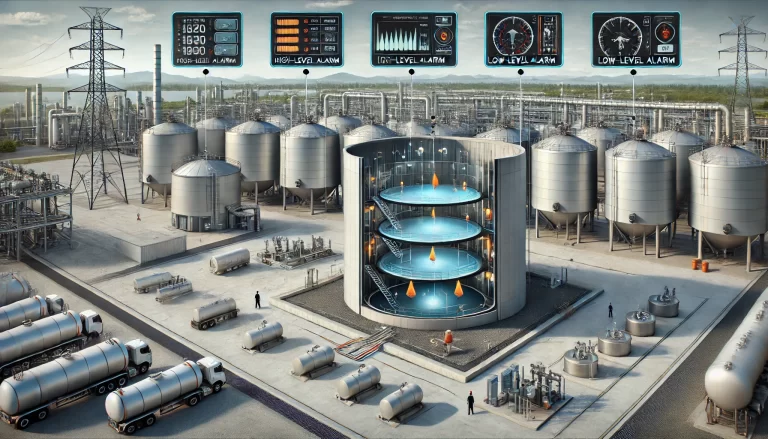
4. Horizontal Tanks
Structure and Features:
Cylindrical tanks oriented horizontally.
Ideal for smaller capacity storage.
Typical Applications:
Widely used in fuel stations, small chemical plants, LPG distribution centers, and temporary storage sites.
Often used when vertical space is limited.
Advantages:
Highly versatile, easy installation, and transportation.
Low initial investment cost and adaptable for temporary usage.
Disadvantages:
Limited storage capacity, not practical for large-scale operations.
Less efficient use of space compared to vertical tanks for larger capacities.
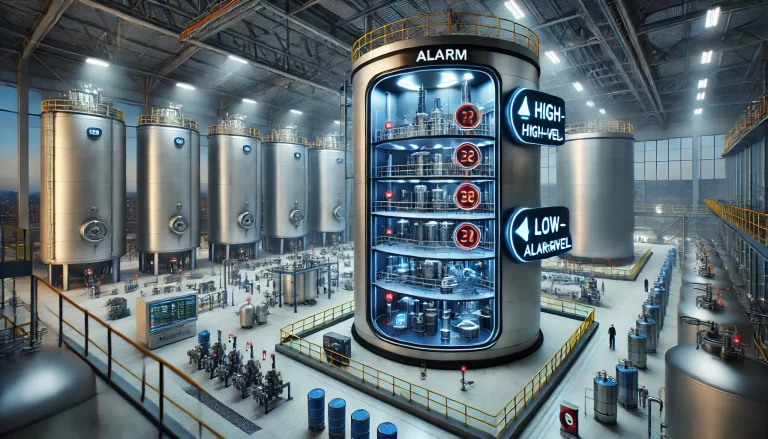
Selection Criteria for Storage Tanks
Choosing the correct storage tank involves careful consideration of several factors:
1. Type of Stored Substance:
High-pressure gases (LPG, ammonia, chlorine): Spherical tanks preferred.
Highly volatile, flammable liquids (gasoline, crude oil): Floating-roof tanks.
Low-volatility fluids (diesel, heavy oils): Fixed-roof tanks.
Small-scale, flexible requirements (fuels, chemicals): Horizontal tanks.
2. Storage Capacity Requirements:
Very large volumes (>10,000 m³): Typically floating-roof tanks or fixed-roof tanks.
High-pressure medium-scale storage (500-5000 m³): Usually spherical tanks.
Small volumes (<200 m³): Prefer horizontal tanks.
3. Safety and Environmental Regulations:
Stringent safety and environmental controls: Floating-roof tanks or spherical tanks.
Lower-risk, stable liquids: Fixed-roof or horizontal tanks.
4. Economic Factors:
Higher initial investment but lower long-term vapor loss: Floating-roof tanks.
Lowest initial investment, suitable for stable liquids: Fixed-roof tanks.
Balanced between initial investment and safety: Spherical tanks for gases, horizontal tanks for flexible, small-volume use.

Typical Scenario Recommendations
Petrochemical and refinery storage (crude oil, gasoline): Floating-roof tanks.
LPG and liquefied gases storage: Spherical tanks.
Small fuel depots and local storage: Horizontal tanks.
Large-capacity diesel or lubricant storage: Fixed-roof tanks.
In conclusion, understanding each tank type’s characteristics and aligning them with operational, economic, safety, and environmental requirements is crucial for optimal tank selection in industrial applications.
